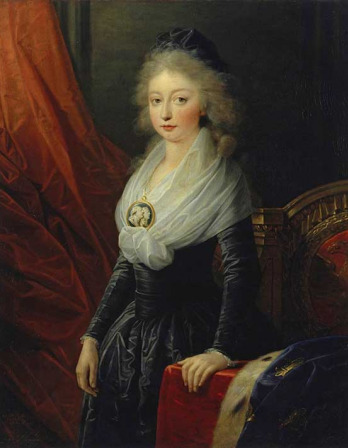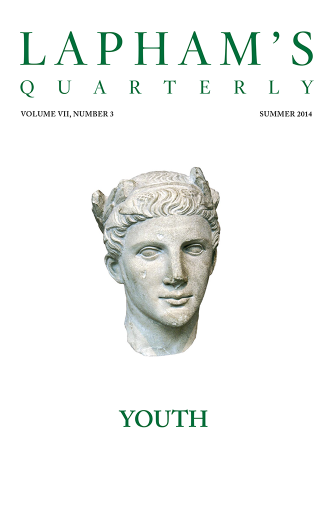Those very fashions that men so willingly adopt to adorn themselves are apt to be laid aside when their portraits are taken, as if they felt and foresaw how crude and ridiculous these would look when they had lost the bloom and charm of novelty; they prefer to be depicted with some fancy ornaments, some imaginary drapery, just as it pleases the artist, and which often are as little suited to their air and face as they recall their character and personage.
They affect strained or indecent attitudes, harsh, uncultivated, and foreign manners, which transform a young abbé into a swaggerer, and a magistrate into a swashbuckler, a Diana into a woman of the town, an Amazon or a Pallas into a simple and timid woman, a Laïs into a respectable girl, and a Scythian, an Attila, into a just and magnanimous prince.
Such is our giddiness, that one fashion has hardly destroyed another when it is driven away by a newer one, again to make way for its successor, which will not be the last. While these changes are going on, a century elapses, and all these gewgaws are ranked among things of the past, and exist no longer. Then the oldest fashion becomes again the most elegant, and charms the eye the most, it pleases as much in portraits as the sagum or the Roman dress on the stage, as a long black veil, an ordinary veil, and a tiara do on our hangings and our pictures.
Our fathers have transmitted to us the history of their lives as well as a knowledge of their dresses, their arms, and their favorite ornaments; a benefit for which we can make no other return than by doing our posterity the same service.
From The Characters, or the Manners of the Age. After studying law, La Bruyère became a tutor to the grandson of the prince of Condé, remaining in the family’s household as a librarian at the Château de Chantilly. He published these sketches in 1688 as an appendix to the Characters of fourth-century-BC humorist Theophrastus. The popularity of the publication allowed La Bruyère to increase the cast of characters from 420 in the first edition to 1,120 by the eighth, published in 1694.
Back to Issue





